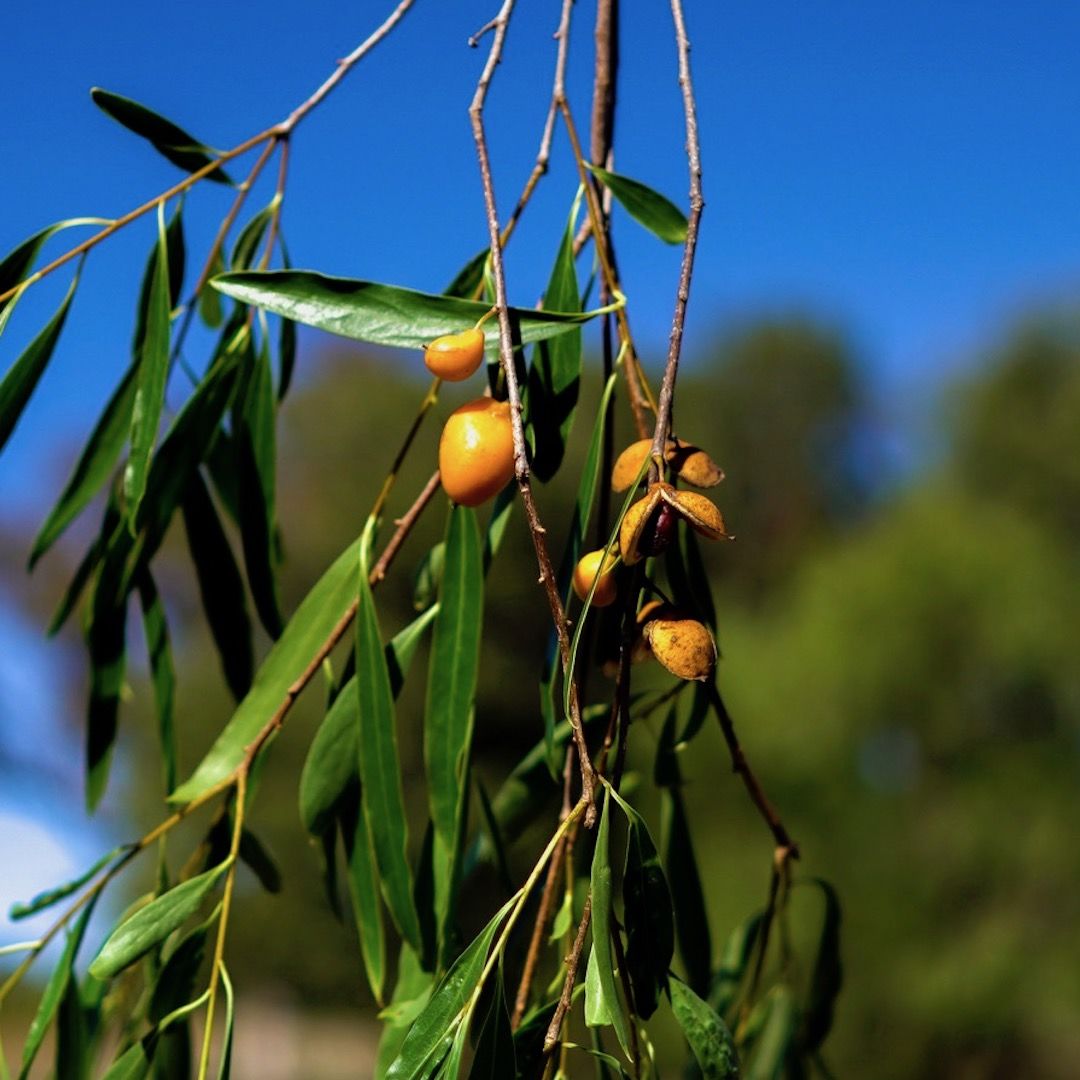Gumbi Gumbi was discovered by the indigenous population of Australia and has been used as a traditional bush medicine for centuries. Knowledge of such traditional applications has been passed down by word of mouth instead of written record, which has led to a loss of understanding of Aboriginal bush medicine, as Aboriginal society merged into mainstream Australian society. We endeavour to bring these traditional uses to light, by encouraging pursuance of scientific research into the wondrous native apricot.
Traditional Uses of Gumbi Gumbi
The indigenous population used Gumbi Gumbi for general wellbeing and health, as well as for the treatment of various viral conditions. These conditions include coughs and colds, as well as skin conditions such as eczema. There are also several anecdotal accounts that state that Gumbi Gumbi has been used by the indigenous population as a combative for disorders such as chronic fatigue, digestive issues, mental disorders and even some cancers.
Living off the land, the original indigenous population didn’t originally consume Gumbi Gumbi in the same way that we have it available to you today. Instead of organic, wildcrafted and sustainable capsules, they typically ground the leaves in a tea or tonic. These days, Gumbi Gumbi can be found in capsule form, tea leaves or even infused in creams or salves.
Surprisingly, the fruits and seeds of the native apricot were rarely used, as it is the leaves that contain the most medicinal value.
Where Was Gumbi Gumbi Found?
Despite it being a native plant, Gumbi Gumbi is not found easily. It is sparsely located within Australia’s thriving bushland and typically grows well in dry conditions as it is both frost and drought resistant. While there are six types of Gumbi Gumbi, there is only one that contains medicinal properties. We are lucky enough to operate from a 2,000-acre certified organic Gumbi Gumbi farm in the foothills of the Bunya Mountains, Queensland that is thriving with Gumbi Gumbi. Each plant grows in rich, volcanic scrub soil – some of the best quality Gumbi Gumbi you’ll find in Australia.
Recent Research
Studies on the effects of Gumbi Gumbi began in 1998, where 40 different Australian plants were examined for their anti-viral potential. Gumbi Gumbi inhibited greater than 25% of Ross River virus (RRV) induced cytopathicity, which is the changes that a virus can make to your cells to make it more difficult to fight off infection.
In 2011, Griffith University conducted a study on the medical potential of Gumbi Gumbi. The findings demonstrated that Gumbi Gumbi shows inhibitory activities against bacteria and fungi.
Another study was conducted in Berlin, Germany in 2014 that looked into the saponin nutrient potential of Gumbi Gumbi. It found that the leaves demonstrated anti-cancer effects and anti-proliferative effects in vitro.
All studies have concluded that Gumbi Gumbi contains six key compounds, which contribute to its health and wellness potential. These compounds are saponins, tannins, phenols, flavonoids, alkaloids and triterpenoids.
Gumbi Gumbi has many traditional uses that span thousands of years amongst the Australian Aboriginal community. However, it is yet to be thoroughly tested and approved by the Therapeutic Goods Association (TGA) for therapeutic use in humans. As such, we cannot state that it has any effect in preventing, curing, alleviating, or influencing any illness, injury, or physiological process in a person. Although, we can share with you the growing body of research on Gumbi Gumbi completed by scientific bodies and universities. Read more on our Research page.
